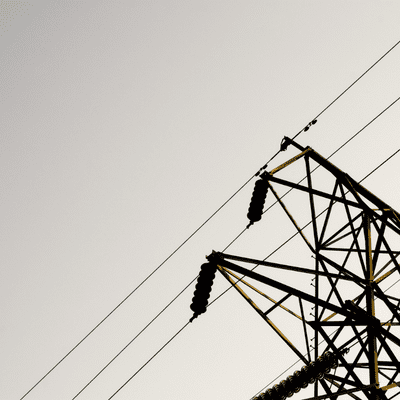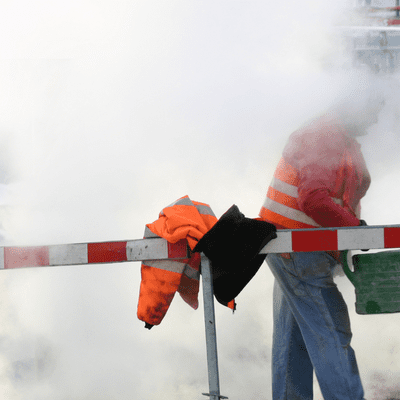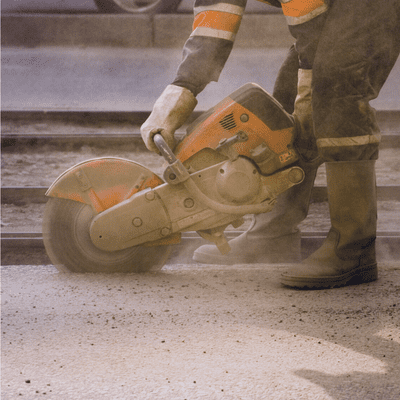The dangers of working alone as a utility worker
Every lone worker risk profile has its challenges, and utility works certainly have their fair share. Responsible for maintaining the infrastructure that keeps our homes, businesses and communities running, utility workers often work alone in dangerous situations.
Public aggression, working with hazardous materials, at a height, and in isolated environments are all inherent risks which are only exacerbated by the fact that they are working on their own.
Why work alone in the first place?
There are several reasons why people working in risky environments, such as utility workers are required to work alone. For the most part, the nature of their job means they can carry out tasks quickly and effectively on their own.
The size and scope of many utility projects can be so large that it is not feasible for multiple workers to be present at every job site, or at the other end of the spectrum, there may physically not be enough room for more than one person. From a financial standpoint, having more than one person on every job might simply not be viable.
Perhaps surprisingly, safety is also a key factor in the decision to have utility workers work alone. Utility workers are often exposed to hazardous conditions that require the utmost focus and attention. Having others around can be distracting and increase the risk of injury, so if the lone utility worker is focussing solely on the job, it allows for maximum safety not just for them, but for others around them.
Overall, it’s a delicate balancing act to ensure the safety of utility workers while also completing projects on time and within budget, and one which will have been thoroughly considered in a risk assessment.

Risk 1: Working alone in an isolated environment
Utility workers are often required to complete tasks in remote locations, which may include climbing utility poles or working on underground pipes. Without the right system in place, it could be hours before anyone knows of an injury that requires immediate medical attention. In comparison, working in a group allows for help to arrive quickly, potentially saving lives and preventing serious injury.
Remember what we said about the risk of others being a distraction? Well, those other workers might prevent an injury in the first place, by identifying and mitigating potential danger that the lone worker may have missed. They may also point out where their teammate has cut corners or is failing to follow safety protocols to maybe get through the job quicker.
Add this to a working environment which could be in the middle of nowhere with poor signal and a lone worker might find themselves in a life-threatening situation.
Training, regular communication, and the reporting of potential safety issues are all ways of minimising these risks, as well as a requirement to take breaks throughout the day to reduce fatigue that could lead to dangerous mistakes

Risk 2: The threat of assault
When anger at a particular organisation or the government is channelled at a worker who’s just doing their job, there is a risk of verbal abuse or assault, whether they’re working inside or outside.
These types of attacks might also be fuelled by drink, drugs and the perception of a utility worker as an authority figure. A routine boiler service can soon turn into a tense situation, and the risk is all the greater if someone is alone and therefore less of a challenge to an attacker.

Risk 3: Equipment failure
With all that focus on the matter at hand, the lone utility worker might miss something like a wiring problem, or badly maintained vehicles and tools. More people mean more eyes on these areas, so they’re less likely to be overlooked and cause an accident or injury.
Can utility workers stay safe when working alone?
As we mentioned, there are many good arguments for a utility worker to work on their own, even if they are in an isolated environment. What’s important is that a risk assessment has identified all the above risks, and as outlined control measures to protect against them.
For instance, a manager might prepare their team for an instance of aggression within a customer’s home by providing violence and aggression training, designed to control and de-escalate a volatile situation.
Similarly, if it’s known that utility workers are often out in places where there is very low signal, making calls for help difficult, they might be provided with a safety device or lone worker app such as the PG Smart, so they can raise an SOS if needed, or register a pre-alert such as worsening weather conditions.
Something like the PG Smart App is much more reliable than simply using a phone’s cellular coverage, as only a small amount of data from any available network is needed to alert monitoring staff to an SOS and the location of the alarm.
It can also detect a fall and send an SOS automatically if the utility worker becomes incapacitated.
Paired with the Bluetooth trigger, the PG Click, can offer a quick, hidden way to raise an alarm if the risk is people related and the worker didn’t want to aggravate the situation.
Discover how Pick Protection can help keep your utility workers safe
Our reliable PG Smart App comes with features designed to keep your utility works safe and comes with our PG Cloud Management platform so you can see any alerts raised in real-time, giving you greater visibility on your team’s wellbeing.
Get in touch to find out more about this and our other products, and discover how we offer greater flexibility in our lone worker solution with accredited fully-monitored and self-monitored options.
